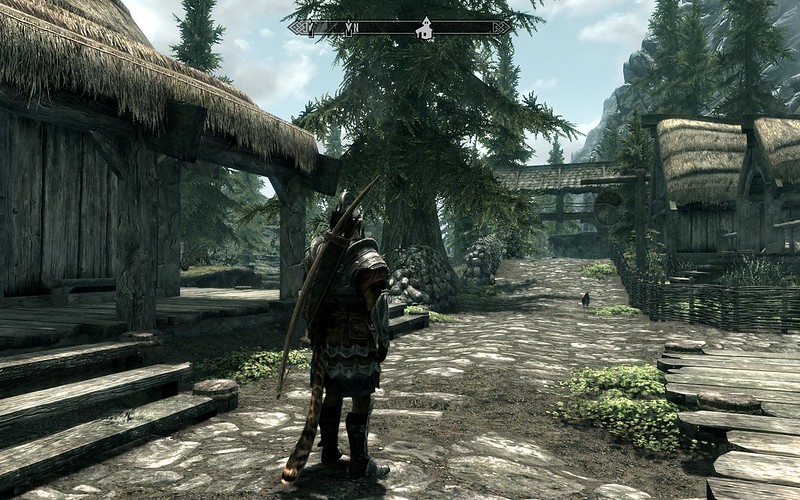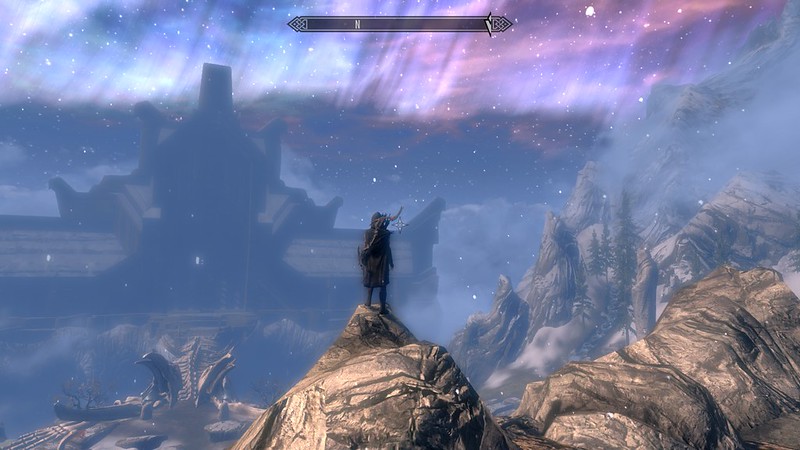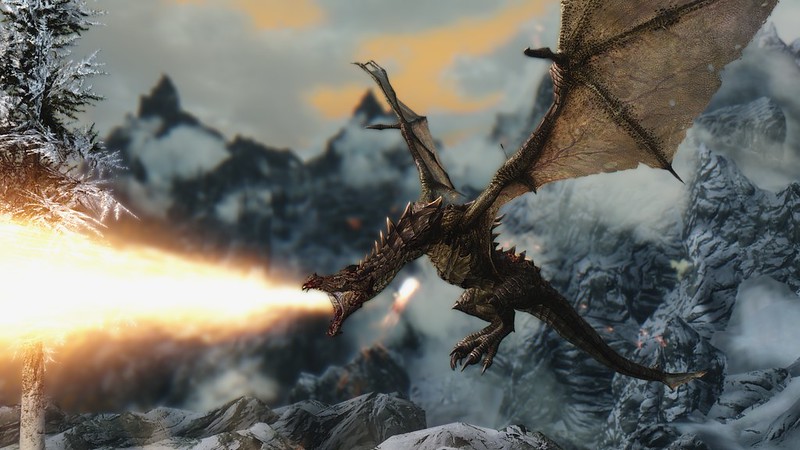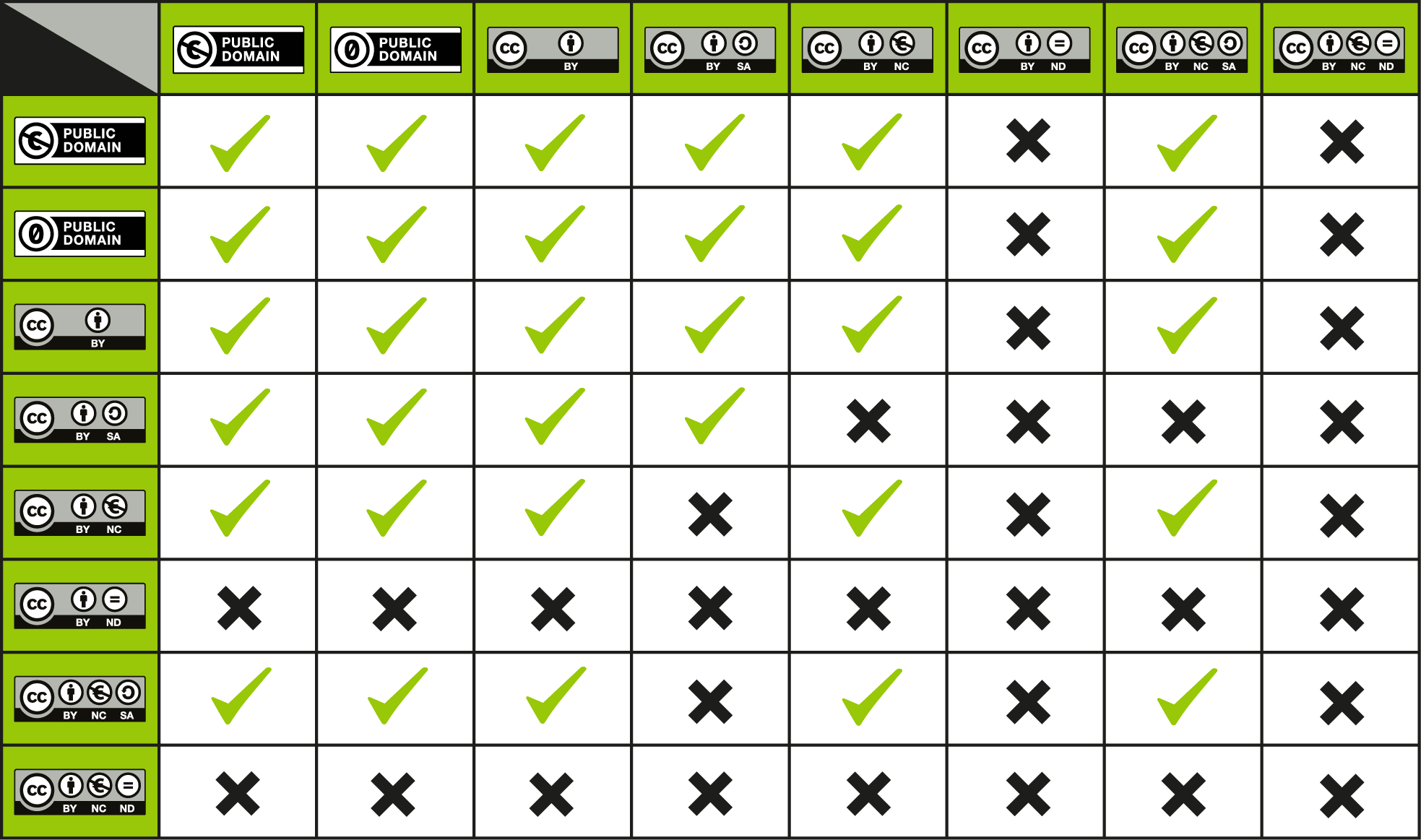Motivation
In this assignment four which is part of the Creative Commons Certificate Course for Educators, I want to show the difference between what is a a collection of works as well as what are considered remixes, adapted works, and derivative works. We also want to consider this under the context of making educated choices of which license(s) to choose for our collections, remixes, adapted or derivative works.
Collections
One of the wonderful advantages of having works available to us under Creative Commons Licenses is this gives us the ability to create a new work which includes these other resources. So you may ask now, what is a collection?
We can create a collection when we combine various other works into a “bound volume”. I use quotes here as the medium of collection could be a physically bound book but it could also be created inside a blog post, inside a digital work of an e-book, an audio or video presentation or pretty much any format that allows us to bring a number of distinct works together in a combined work.
How does licensing affect a collection? Since the collection is a bundling of individual works it is important to make clear the license on each individual part. As always this should follow the “TASL” approach of Title, Author, Source, License as explained with examples on the Creative Commons Wiki page “Best Practices for Attribution“.
In addition the choice of which works to include in the your collection can affect your collection as a whole. If a part of your collection is licensed with a Non-Commercial element, that restriction will affect the distribution of your collection as a whole. Any commercial use of the collection would require a new collection which does not include that component of the collection.
The license that you put on your collection is a separate license that only applies to the additions added by your work of creating the collection. This could include any cover, introduction, conclusion or other materials which is separate from the individual works included in the collection. Your choice of that license is your own to make and not hindered by the choice of works in the collection.
Remixed, Adapted Works and Derivatives
If instead of a collection, you decide to take one or more works by other creators to create a new and different resource, you are creating a new work that merits a copyright claim on that new work. If your work significantly changes the original work into a format that has a distinct and significant addition, then we would call the new work an adaptation or derivative of the original. Examples could include a translation of format such as adapting a book into a play or movie; another example would be creating an audio version of a book. The term remix has a more cultural fit from my own personal perspective to fit the culture of the music community creating remixes of works into another work. Technically, a remix could be made from a single source but often we envision remixes to be from multiple sources.
When creating an adaptation, derivative work or remix of a previously license work we need to pay more attention to licensing considerations. The license on our new work needs to be compatible with that of the original we are basing our work on. If the original work has the ShareAlike element, then you must share your work under the same or a compatible license. If the original work has a NoDerivatives element on the license, you cannot distribute your adaptation/derivative/remix. One change that version 4.0 of the Creative Commons licenses made possible is for persons to make a derivative of a work with an ND (NoDerivatives) element but for their own use, not to be shared or distributed for others. For the details, see the “The Creative Commons License Compatibility Chart” (which is licensed under a CC BY 4.0 license) seen below but also available at this link.

An Example of a Collection
And finally to demonstrate an collection, I present the following collection of photos about the video game Skyrim titled “Skyrim Scenery” (also available as a Flickr gallery) is released by Ken Bauer under a Creative Commons Attribution 4.0 International License. Each work is copyright by the original author with license information provided for each.




